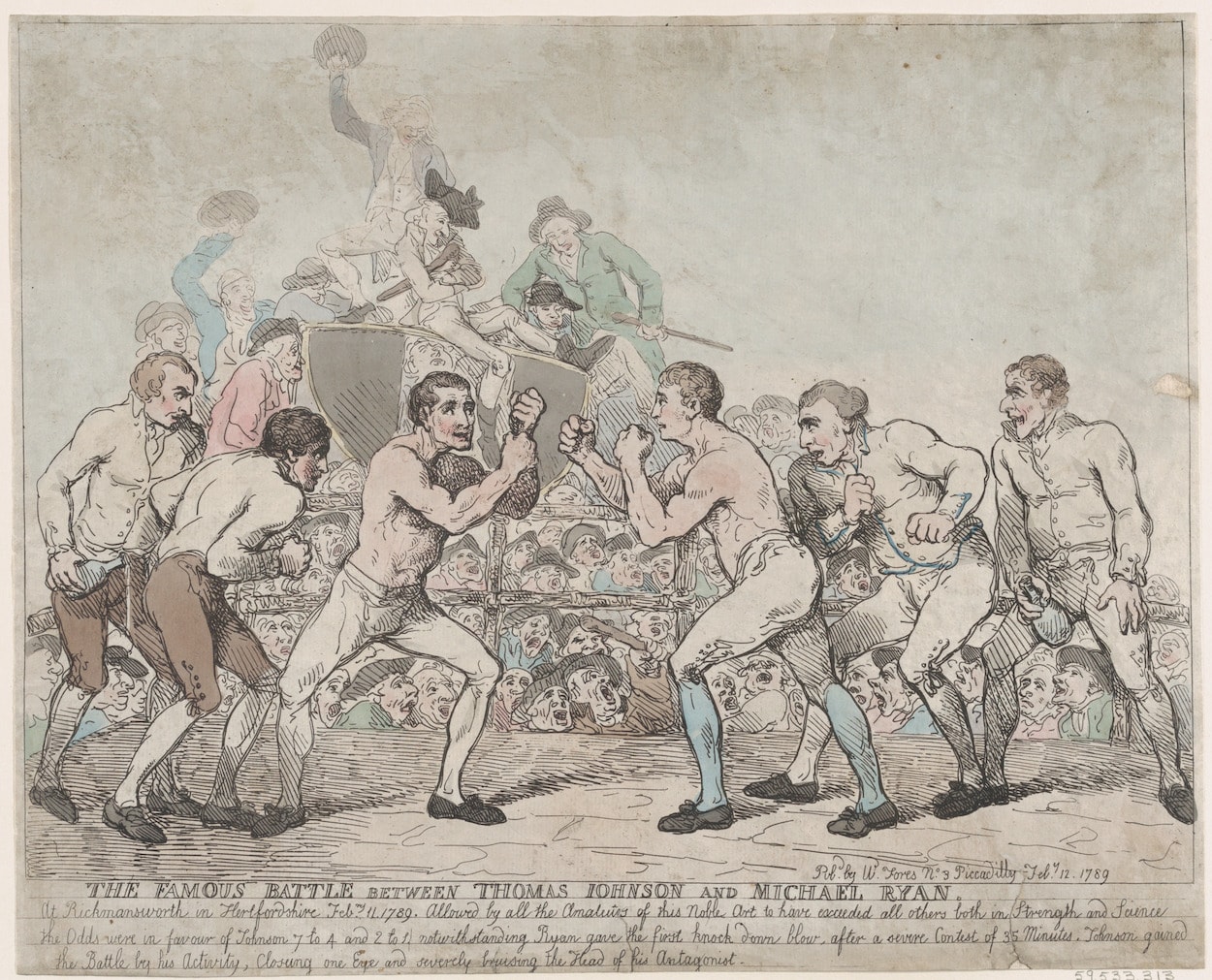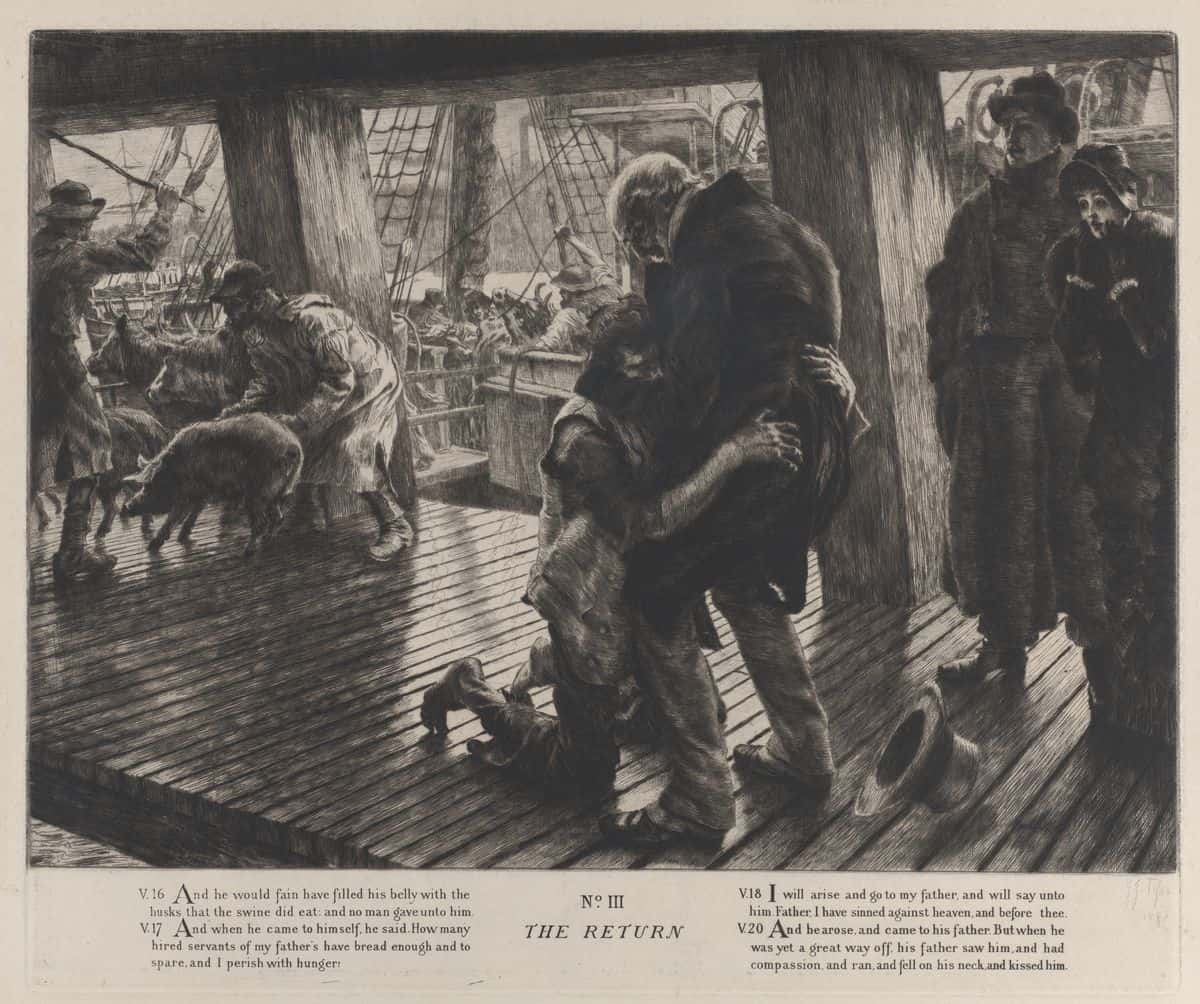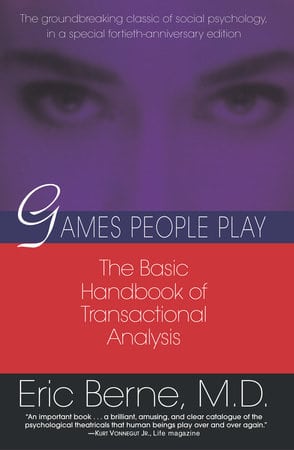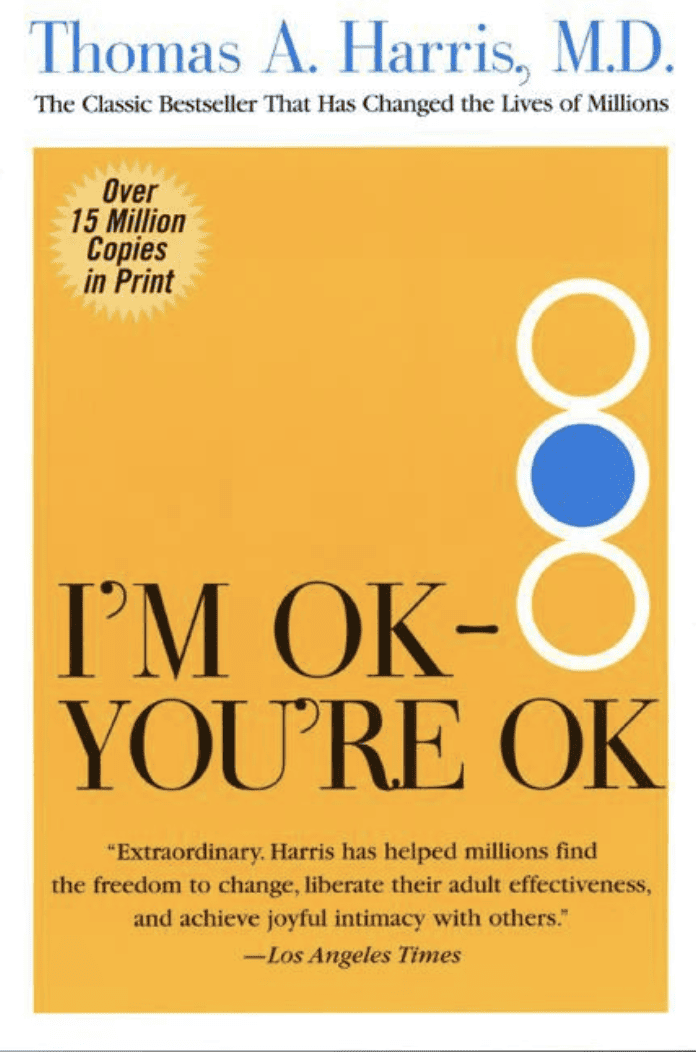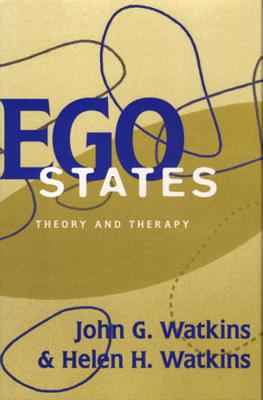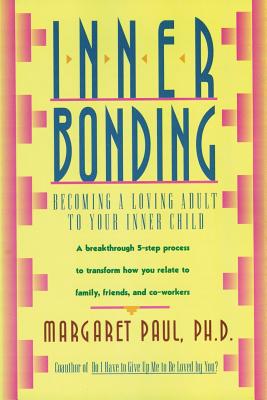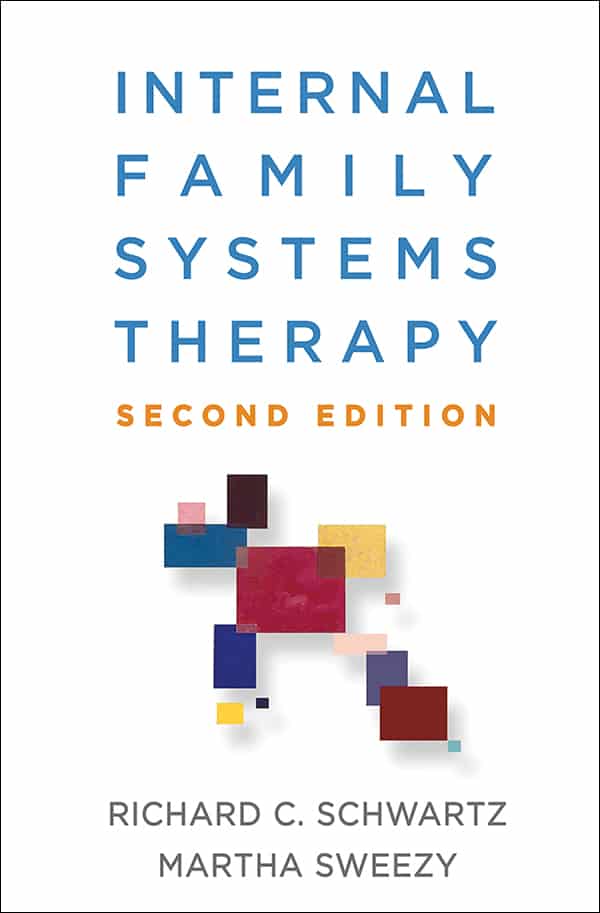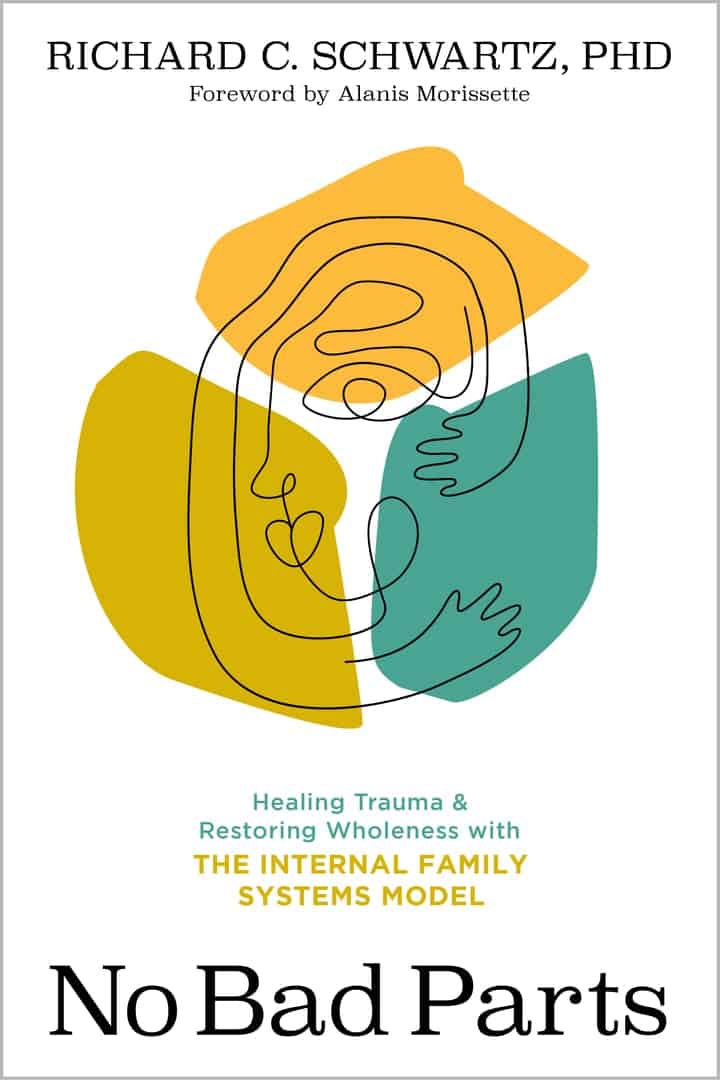Therapy
Transactional Analysis (TA): Overview, Examples, and Effectiveness
THC Editorial Team February 27, 2022

Contents
- Overview
- What Is Transactional Analysis?
- The History of Transactional Analysis
- Transactional Analysis and Ego States
- How Does Transactional Analysis Therapy Work?
- When Is Transactional Analysis Commonly Used?
- The Potential Benefits and Effectiveness of Transactional Analysis
- Summary/Key Takeaways
Transactional analysis (TA) is a theory informing a type of psychotherapy that psychologists use to facilitate growth and prosocial change in clients. TA can help people develop better self-awareness, communication skills, and improve how they relate to others. Practitioners use ideas from several modalities, including psychodynamic, behavioral, and Gestalt theories.1
What Is Transactional Analysis?
Transactional analysis is a psychological theory that focuses on how people interact with others, including the therapist, to demonstrate their ego states and the types of games and scripts they engage in within social settings.2 Games are patterns of social behavior that operate on an acknowledged social level and an unacknowledged psychological level and leave the participants of the interaction with inauthentic feelings. Scripts represent life patterns that people develop unconsciously based on decisions they made in early childhood.1
Ego states are systems of feelings that motivate sets of behavioral patterns. TA classifies interpersonal communication as falling into one of three ego states.1 The system of here-and-now emotional analysis, or neopsyche, is termed the Adult; the system of introjected psychic material, or exteropsyche, is called the Parent; and the system of instinctual drives and basic needs is the Child.3
The therapist identifies which of the client’s ego states is present in a particular transaction. The therapist will examine a transaction, identify the ego states present, pinpoint the games or patterns the client typically uses in their transactions with others, and perform a script analysis with the client of their unconscious patterns to discover the causes of the client’s emotional challenges.2
Key assumptions that underlie TA include the following:3
- People are Okay.
- Everyone has the capacity to think on their own.
- People decide their own destiny and these decisions can be changed.
The History of Transactional Analysis
Transactional analysis was developed by Eric Berne, a Canadian psychiatrist and psychoanalyst, during the 1960s. Berne referred to the basic unit of social interaction as a transaction. TA refers to the study of how individuals interact in social situations. Berne was influenced by empiricism, phenomenology, existentialism, and humanism.3
Berne drew from Freud’s theory that the human psyche includes several components that interact to produce complex behaviors, beliefs, and emotions. He used his background as a psychoanalyst to build upon Freud’s philosophical concepts and developed the observable ego states of Child, Parent, and Adult, drawing from Freud’s concepts of the id, ego, and superego.1,4 Although Berne’s ego states do not directly correspond to Freud’s concepts, Berne believed that people assume these roles in certain contexts.2
Berne also noted that human communication is complex and emphasized that nonverbal communication—gestures, vocal tone, eye contact, speech rhythms, body posture, and facial expressions—is as important and valid a method of communication as verbal communication.1 He believed that dysfunctional behavior occurs because of decisions people make during childhood that limit their social functioning in adulthood. These childhood decisions lead unconsciously to the creation of the life script, which governs how people subsequently live their lives.1
A transactional stimulus refers to an interaction that a person initiates, usually verbally but sometimes using nonverbal cues. The other person’s reaction and reply is called a transactional response.1 Berne worked to identify the ego state from which clients interact with others to help them access their life scripts, understand how they developed their worldview, and make changes as needed.5
Transactional Analysis and Ego States
The core principle of TA is splitting the ego into three separate states. The three ego states correspond to people’s internal Parent, Child, and Adult models.
Parent Ego State
The Parent ego state is related to parental figures in a person’s life. It deals with behaviors, thoughts, and feeling patterns of introjected parental figures, people for whom a person has unconsciously created an internal representation. Introjection is caused by early childhood experiences in which the child sees the parent as powerful or threatening. Rather than being an experience of the self, like the Child and Adult ego states, the Parent ego state relates to the past experiences of parental figures. The Parent usually follows one of two paradigms when it manifests in transactions: it can be the Critical Parent, controlling, demanding, setting limits, and creating rules, or it can be the Nurturing Parent, supportive, caring, and protective.1
Child Ego State
The Child ego state relates to experiences of the self from the past and retains the patterns of thinking, feeling, and behaving of childhood. This concept is represented in other psychological concepts as the “inner child.” There are several different child ego states:1
- Adapted Child: This Child ego state responds to Parent demands either compliantly or rebelliously, rather than to its own needs.
- Free or Natural Child: Unlike the adapted child, this ego state responds to its own needs and is spontaneous.
- Rebellious Child: This category of the adapted Child rebels against the Parent’s demands.
- Compliant Child: This category of the adapted Child reacts positively to the Parent’s demands.
- Somatic Child or early Child ego state: This ego state reflects a time in childhood when body issues were prominent. When disturbed, it can cause somatic disorders.
Adult Ego State
The Adult ego state is the predominant state that deals with and responds to the here-and-now, current reality. The Adult can be assertive, rational, and practical, and is rarely aggressive. It engages in reality testing, or ensuring that the world is the way it thinks it is. An analysis that reveals a steady speech rate, good diction, and relaxed expression can indicate the presence of the Adult.1
How Does Transactional Analysis Therapy Work?
Transactional analysis therapy helps clients strengthen and integrate their Adult ego states. The therapist first uses an intake interview to evaluate the client’s issues and willingness to change and grow through therapy. In TA therapy, the therapist must determine whether the client has enough available Adult ego state for change to occur.1 TA also emphasizes the establishment of a therapist-client contract that details a client’s goals for treatment outcomes and provides a foundation from which the client can take responsibility for things that occur during treatment.6,7
Berne highlighted observation as an important and necessary tool of TA therapy. He said that therapists should be present, focused, and intuitive. He believed that observation should involve that which the therapist can see and engage all the senses.6
Four Stages of Transactional Analysis
Transactional analysis psychotherapy usually moves through four stages:1
- The client is able to recognize and take control of their scripts and script behaviors, but the scripts still exist. They are able to manage and control their dysfunctional behaviors in social situations. The client achieves social control, the state in which the client’s control comes from the position of the Adult ego state.
- In the symptomatic relief stage, the client begins altering their Child and Parent and is less likely to devolve into their scripts.
- The client and therapist engage in the transference cure, where the client introjects the therapist as a replacement for their original parental figures.
- Finally, in the script cure, the client can move away from the script entirely and make fundamental changes in the Child, with the support of the Adult.
TA aims to create an integrated Adult ego state. This includes integrating the valuable parts of the Parent and Child ego states with the Adult ego states. The ethos of the integrated Adult draws values and patterns from the Parent, and the pathos includes the Child’s experience.1
TA therapy also seeks to foster autonomy in the client. It defines autonomy as awareness, the knowledge that there are regressive parts, introjected parts, and here-and-now parts; spontaneity, the freedom to express their awareness; and intimacy, the capacity to be aware and spontaneous in the presence of others.3
Transactional Analysis Techniques
Transactional analysis therapists use multiple techniques in their practices. During one of the most common TA techniques, script analysis, the therapist first identifies the ego states of their client in communication transactions and works with them to uncover their unconscious life scripts. The therapist explores the scripts their client developed in early childhood and helps them test the beliefs, attitudes, and emotions their scripts reinforce.1
While analyzing the client’s script, the therapist explores the subtle messages that the client learned as a child, called injunctions. For example, if a child was given a negative attribution or told by their parent that they were stupid, they might have developed a “don’t think” injunction and learned that they should accept what others say rather than think for themselves.1,8 Once the subtle messages are identified, the therapist can work with the client to understand how they impact their interactions with others. Structural diagrams are commonly used as visual aids to help clients understand their three internal ego states and how they affect their social interactions and behavior.1
Other techniques frequently employed in TA therapy include:1
- Alliance: The therapist or a figure from the client’s past sides with the Child when confronting a persecuting Parent.
- Anger work: The therapist encourages the client to release their repressed anger.
- Cushion work: The client externalizes an introject or ego state onto a cushion so their internal processes can exist in the outer world.
- Guided fantasy: The client and therapist contact the client’s Child to elicit imagery depicting issues that the client is unable to talk about.
- Rechilding: The client regresses in age to form a new Child ego state with a positive experience.
- Sculpting: The client externalizes their unconscious thoughts and feelings onto a pattern in their environment representing their internal state, which allows the client and therapist to deal with the feelings symbolically.
When Is Transactional Analysis Commonly Used?
Transactional analysis may be used in multiple settings, including schools or corporations, group or individual counseling sessions, and long- or short-term counseling.6 In therapy, it is typically used with clients who struggle with forming and maintaining healthy relationships because of behaviors they learned as children. TA is also used to facilitate improved social communication and interactions within groups.
The Potential Benefits and Effectiveness of Transactional Analysis
Transactional analysis is used in many different fields, in addition to psychotherapy, including business management, education, and medicine. It is considered a highly effective method to enhance self-awareness and the ability to relate to others.
Many studies have been conducted on the effectiveness of TA in treating people with different issues and ailments. For example, a 2021 study sought to determine the effect of TA on incarcerated people’s communication with their spouses. Researchers from Alzahra University in Tehran, Iran, recruited 22 couples, half of whom received 10 sessions of TA treatment. The researchers found that TA improved the communication between the participants and their partners and reduced their communication issues.9
A 2011 study researching the effects of a transactional analysis-based leadership training program on thirty Romanian automotive managers and leaders found that managers who attended the training program exhibited statistically significant improvements in emotional stability and social boldness, but not warmth.10
A 2020 study examined whether TA was an effective intervention for people in treatment for methadone addiction. The researchers from Isfahan University of Medical Sciences in Iran, selected 24 men from an outpatient addiction clinic and gave half of them 10 sessions of TA intervention. After collecting data from the Young Schema Questionnaire; the Inventory of Personal Problems; and the Stages of Change, Readiness, and Treatment Eagerness Scales, the researchers found that TA treatment positively influenced interpersonal problems and readiness for addiction treatment.11
Several other studies have demonstrated the effectiveness of TA in improving the symptoms of anxiety and depression, reducing relationship issues, and increasing self-esteem.12,13,14
Summary/Key Takeaways
Transactional analysis is a widely-embraced and frequently used type of psychotherapy. It is a valuable resource for people who want to explore their ego states and unconscious life scripts to improve their communication skills and relationships. People willing to develop greater self-awareness and take responsibility for their decisions and actions may be suited to this therapeutic method.










